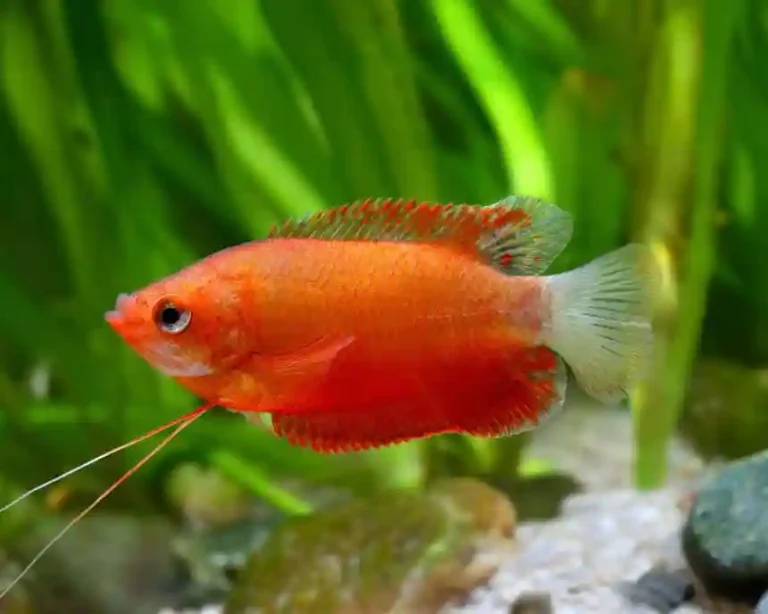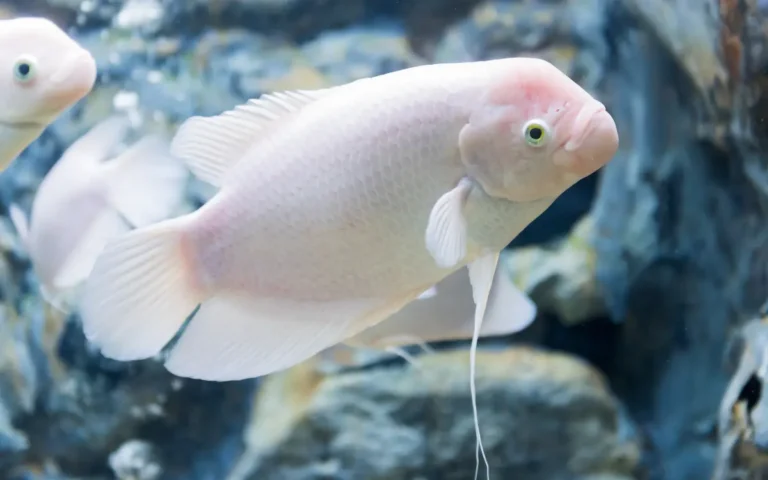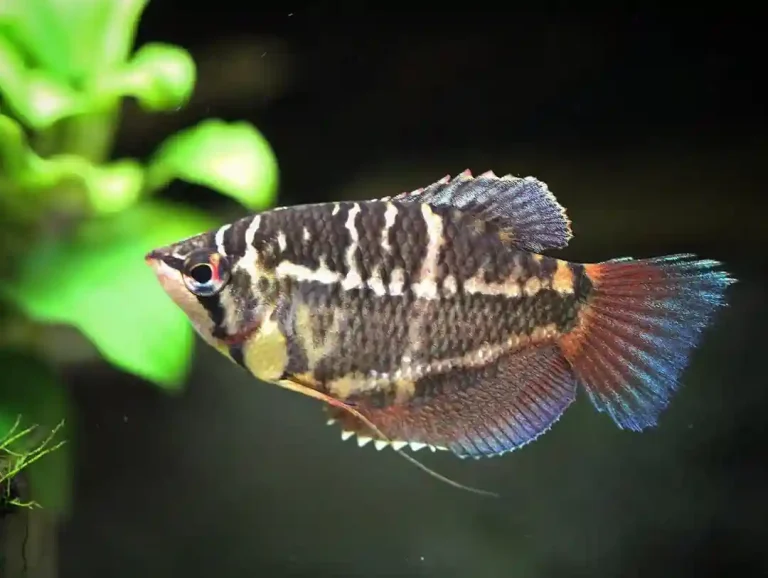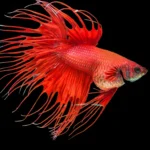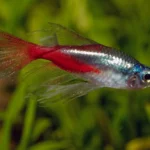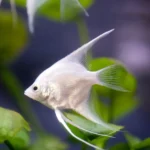Otocinclus Catfish (Otocinclus spp.), also called “Otos,” are tiny, peaceful algae eaters perfect for planted community tanks. Their gentle nature, algae-cleaning skills, and schooling behavior make them highly sought-after by aquarists. This care guide covers everything you need to keep Otos happy and healthy—from feeding to tank setup and compatibility.
Otocinclus Species Profile
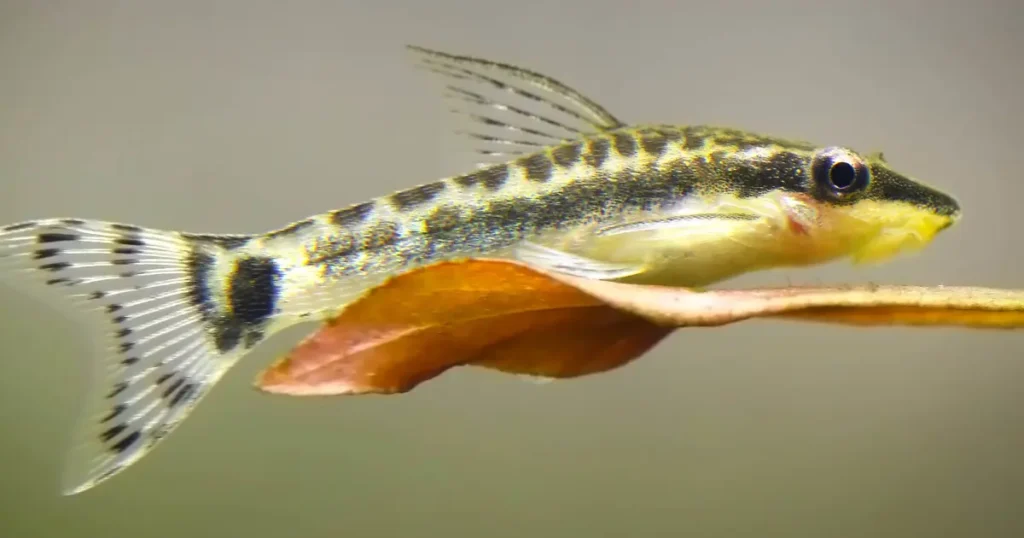
| Characteristic | Details |
| Scientific Name | Otocinclus spp. |
| Origin | South America |
| Adult Size | 1.5–2 inches |
| Lifespan | 3–5 years |
| Temperament | Peaceful, shy, schooling |
| Ideal Tank Size | Minimum 10 gallons (20+ preferred) |
| Water Temperature | 72–79°F |
| pH Range | 6.0–7.5 |
| Water Hardness | 4–12 dGH |
| Diet | Herbivore/algae grazer |
Species Overview
Otocinclus are small, social catfish native to slow-moving rivers and streams in South America. They’re best kept in groups of at least 4–6, as they’re naturally schooling. Their peaceful temperament and appetite for algae make them ideal for planted aquariums and nano tanks.
Appearance and Behavior
Otocinclus have a sleek, torpedo-shaped body with a sucker mouth for grazing on surfaces. Most species are pale with a dark horizontal stripe running along the body. They stick to glass, driftwood, and plant leaves, constantly foraging. They’re shy but active, especially when kept in a group.
My Experience: In my tanks, Otos are always busy—clinging to leaves or gliding across driftwood. I’ve noticed they’re more active and confident when kept in a larger group and with peaceful tank mates.
Ideal Tank Setup
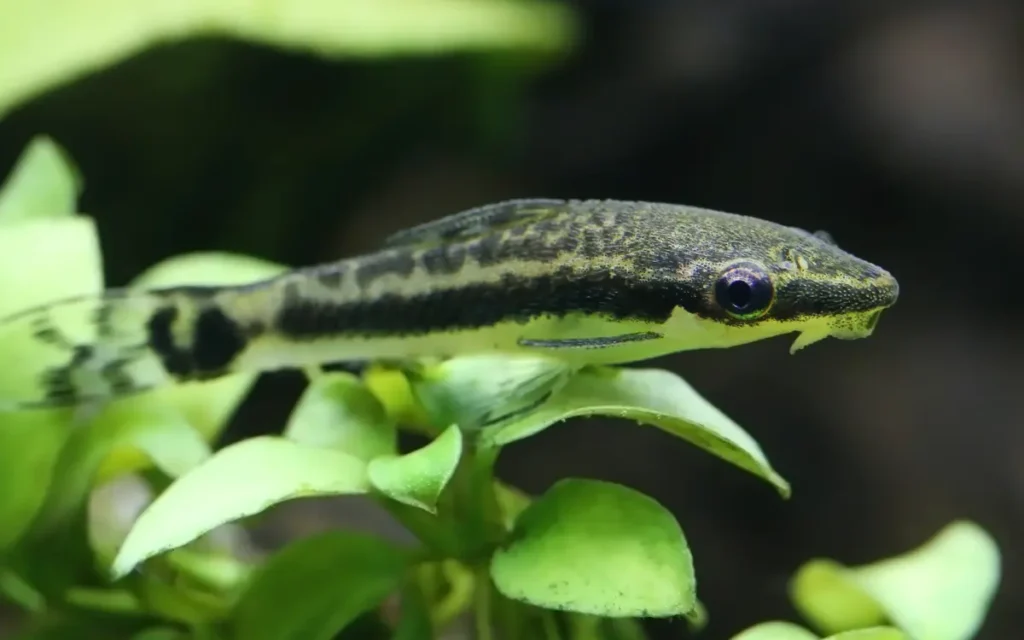
A mature, planted tank is best. Use soft, algae-coated surfaces like driftwood, smooth stones, and live plants. Provide shade with floating plants and ensure excellent water quality with a sponge or gentle filter.
- Temperature: 72–79°F
- pH: 6.0–7.5
- Hardness: 4–12 dGH
Real Tip: Otos are sensitive during the first few weeks. Only add them to a well-established tank with plenty of natural algae and stable parameters.
Compatible Tank Mates
Otocinclus are peaceful and do well with:
- Neon/Ember Tetras
- Corydoras
- Rasboras
- Dwarf Gouramis
- Shrimp (like Amano or Cherry)
- Snails (Mystery, Nerite)
Avoid aggressive fish, large cichlids, or species that may compete aggressively for food.
Feeding and Diet
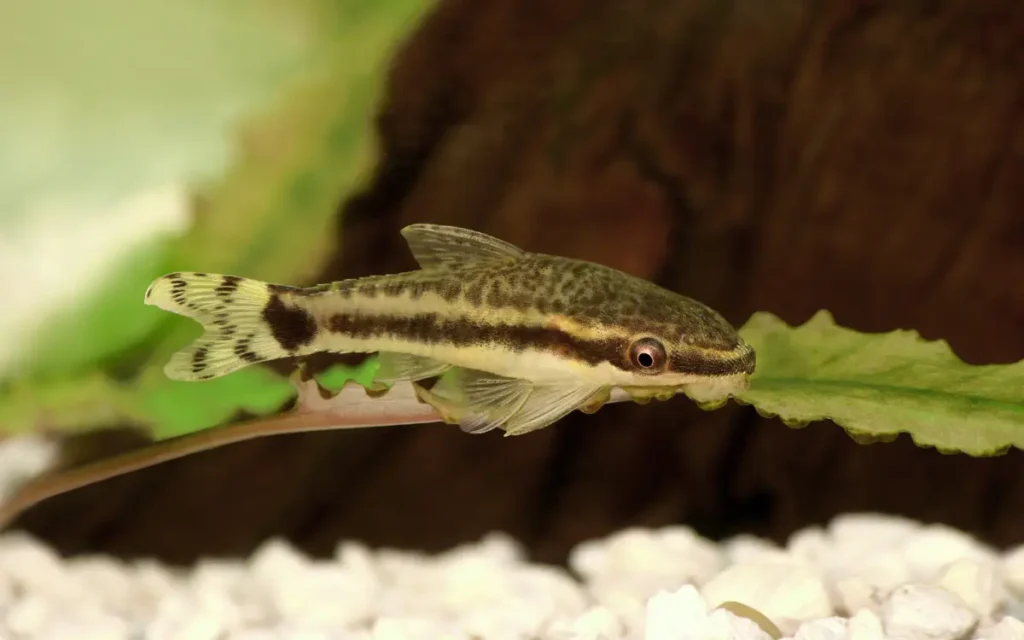
Otos primarily graze on biofilm and soft algae. Supplement their diet with:
- Blanched zucchini, spinach, or cucumber
- Algae wafers
- Sinking spirulina pellets
Feed in the evening or after lights go off, especially in community tanks.
Breeding Otocinclus
Breeding Otos in home aquariums is difficult but possible. A separate tank with soft water, live plants, and steady algae growth can encourage spawning. Males chase females, who then lay sticky eggs on surfaces. Fry require powdered algae food or infusoria to survive.
What I’ve Learned: I haven’t successfully bred Otos, but I’ve observed pairs cleaning the same area and showing signs of pairing behavior when well-fed and undisturbed.
FAQ
Do Otocinclus need to be in groups?
Yes, they are social and happiest in groups of 4 or more.
Do they eat all algae?
They prefer soft algae and biofilm—not hair or black beard algae.
Are Otos good for beginners?
Only in mature tanks. They’re sensitive to water changes and need stable conditions.
Do Otos clean glass?
Yes, they’ll graze on algae growing on glass and leaves.
Final Thoughts
Otocinclus Catfish are gentle, algae-eating helpers that thrive in peaceful, well-established aquariums. With proper care and a group to school with, they’re both functional and fun to watch.

